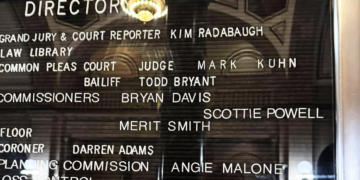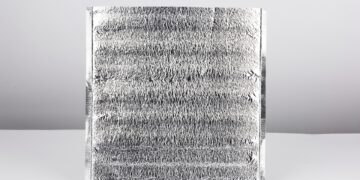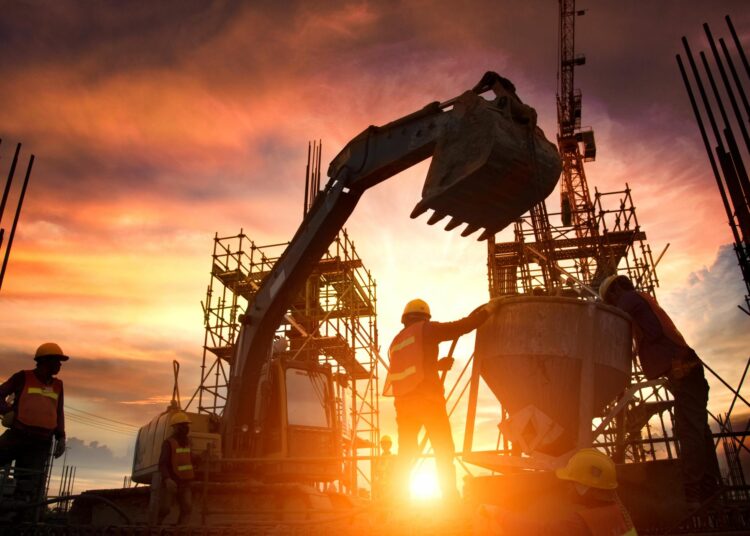Modern construction is more than just concrete and steel; it’s a field of constant innovation. As we design more ambitious and complex structures, the ground beneath our feet presents new challenges. This is where the role of specialized techniques in modern construction becomes so apparent.
These advanced methods enable us to construct taller skyscrapers, safer bridges, and more resilient infrastructure, even in the most challenging environments.
Geotechnical Engineering
Geotechnical engineering is the science behind understanding the ground on which we build. It’s a specialized field that studies soil, rock, and other earth materials to predict how they will behave under the stress of a structure. Before any construction begins, geotechnical engineers conduct thorough site investigations, which include soil testing and analysis.
These engineers are the ones who solve complex problems related to ground stability, from preventing landslides to designing retaining walls. Without solid geotechnical insights, many of today’s most iconic buildings would remain just blueprints on paper. It’s a field that quietly supports our entire built environment.
Piling and Deep Foundations
Have you ever wondered how massive skyscrapers stand firm on soft ground? The answer often lies deep beneath the surface with piling and deep foundations. This method involves driving or drilling long columns, known as piles, into the earth until they reach a stable layer of soil or rock.
Specialized methods are often required for unique ground conditions. For example, successful pile drilling in loose soils requires specific equipment and expertise to prevent the ground from collapsing during the process. Techniques like this make it possible to build securely in areas previously considered unsuitable for large-scale projects.
Advanced Shoring Systems
When crews excavate deep into the ground for basements or underground parking, what prevents the surrounding earth from collapsing? That’s the job of advanced shoring systems. These temporary structures are designed to support the sides of an excavation, which protects workers and nearby properties. Modern shoring employs a range of methods, including steel sheet piles and soil nailing, tailored to the site’s specific needs.
Innovations in shoring technology allow for deeper and safer excavations than ever before. For instance, computer modeling can simulate soil pressures, helping engineers design the most efficient support system. This precision reduces risks and helps keep projects on schedule.
The Future is Built on Innovation
Ultimately, the role of specialized techniques in modern construction is to turn architectural dreams into a tangible reality. As technology continues to advance, we can expect to see even more creative solutions that will allow us to build in ways we can only begin to imagine today. They allow us to create with greater ambition, safety, and resilience. The next time you see a new skyscraper touching the clouds, remember the incredible engineering happening far below the surface.






















































































